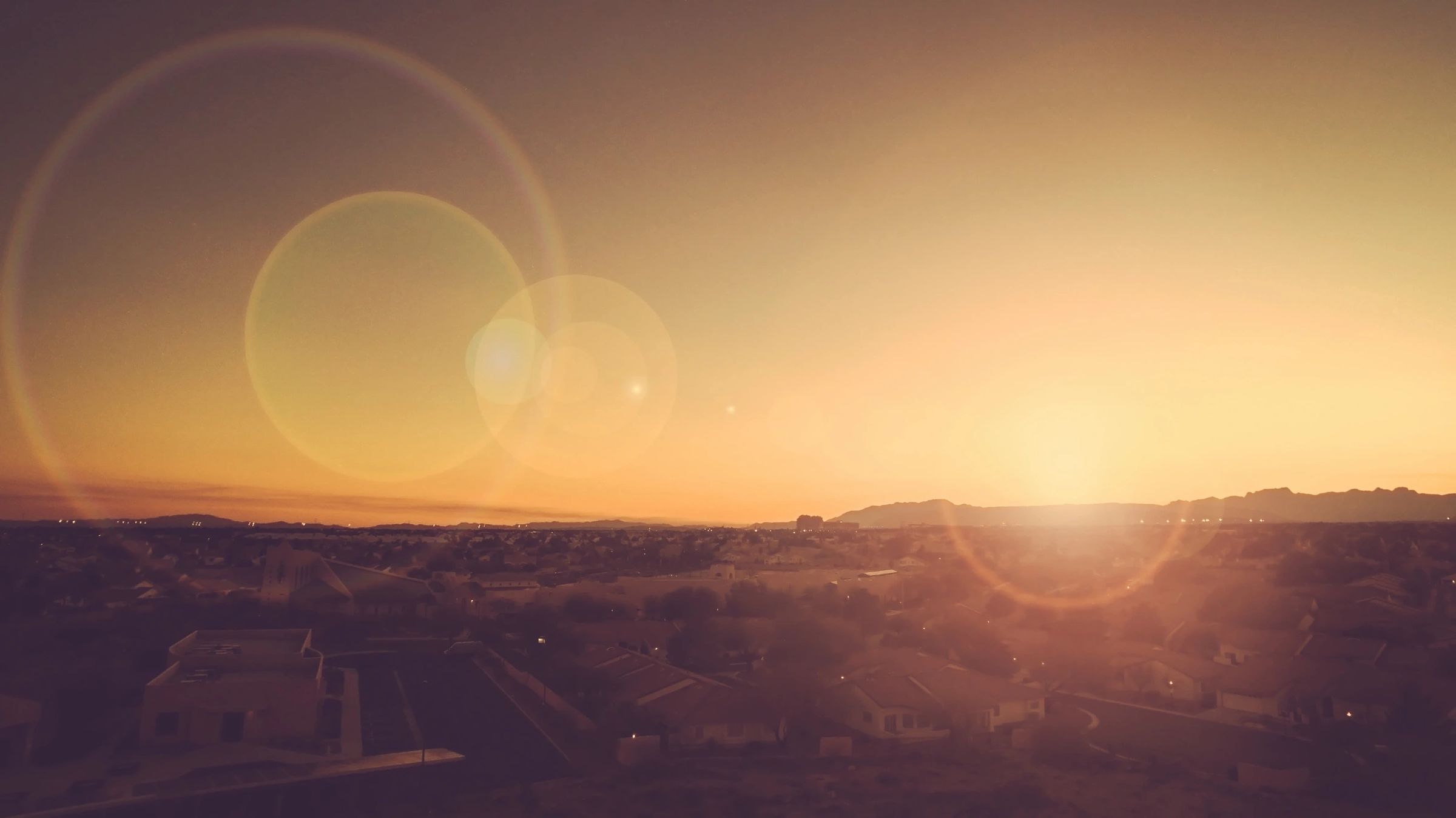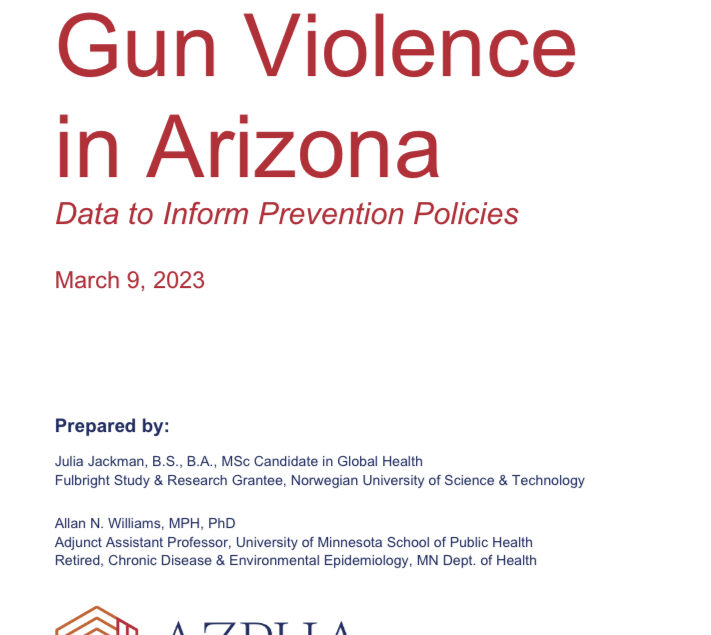Living in Arizona means basking in nearly year-round sunshine, but it comes with serious risks. The relentless sun exposure increases our risk of skin damage, particularly sunburns, which can lead to various types of skin cancer, including the potentially deadly melanoma.
The Consequences of Sunburn
Sunburns aren’t just a painful inconvenience; they are a significant public health issue. When our skin burns, it’s a sign of DNA damage from ultraviolet radiation. Over time, this damage accumulates, leading to skin aging and increasing the risk of skin cancers.
There are several types of skin cancer associated with UV exposure:
- Basal Cell Carcinoma: The most common type of skin cancer, often appearing as a waxy bump. While it’s usually not life-threatening, it can cause significant disfigurement if not treated promptly.
- Squamous Cell Carcinoma: This type appears as a red, scaly patch or a sore that doesn’t heal. SCC can be more aggressive than BCC and, in some cases, can spread to other parts of the body.
- Melanoma: The deadliest form of skin cancer, melanoma can develop in an existing mole or suddenly appear as a new dark spot on the skin. If not caught early, melanoma can spread rapidly to other organs and become difficult to treat.
Sun Safety in Arizona
In Arizona, the sun is a constant presence, making sun safety an everyday concern. Here are evidence-based protective measures to keep in mind:
- Use Broad-Spectrum Sunscreen: Apply a broad-spectrum sunscreen with an SPF of 30 or higher. Reapply every two hours and after swimming or sweating. Broad-spectrum sunscreens protect against both UVA and UVB rays, reducing the risk of skin cancer and premature aging.
- Seek Shade: The sun’s rays are strongest between 10 a.m. and 4 p.m. If you’re outdoors during these hours, find shade whenever possible. Umbrellas, trees, or canopies can provide necessary relief from direct sunlight.
- Wear Protective Clothing: Long-sleeved shirts, pants, and wide-brimmed hats offer excellent protection. Look for clothing with a UPF (Ultraviolet Protection Factor) label for added assurance.
- Sunglasses: UV radiation can damage your eyes and the skin around them. Wear sunglasses that block 100% of UV rays to protect your vision and the delicate skin around your eyes.
- Avoid Tanning Beds: The artificial UV radiation from tanning beds can be just as harmful, if not more so, than natural sunlight. Avoid them entirely to reduce your risk of skin cancer.
Sun safety isn’t just a summer concern—it’s a year-round priority, especially in sunny Arizona. By taking these protective measures seriously – and quickly following up with a doctor when you have changes in skin coloring that look concerning – you can enjoy the benefits of our sunny climate while minimizing the risks.
Arizona Skin Cancer Institute (ASCI)
The Arizona Skin Cancer Institute, part of the University of Arizona Cancer Center, is a leader in skin cancer research, education, and prevention, focuses on public outreach, providing resources and information to help Arizonans protect themselves from harmful UV radiation. Their initiatives include free skin cancer screenings, public seminars, and educational materials about sun safety practices.
Arizona Cancer Coalition
The Arizona Cancer Coalition, in partnership with the Arizona Department of Health Services, includes skin cancer prevention as a key component of its efforts. The coalition works to reduce skin cancer rates through public education campaigns, advocating for policies that support sun safety, and supporting community-based initiatives. See: Arizona Cancer Control Plan 2020-2024

